Essential Gear for Night Sky Viewing
While you don't need expensive equipment to enjoy the night sky, a few key items can significantly enhance your experience. Here’s what I recommend:
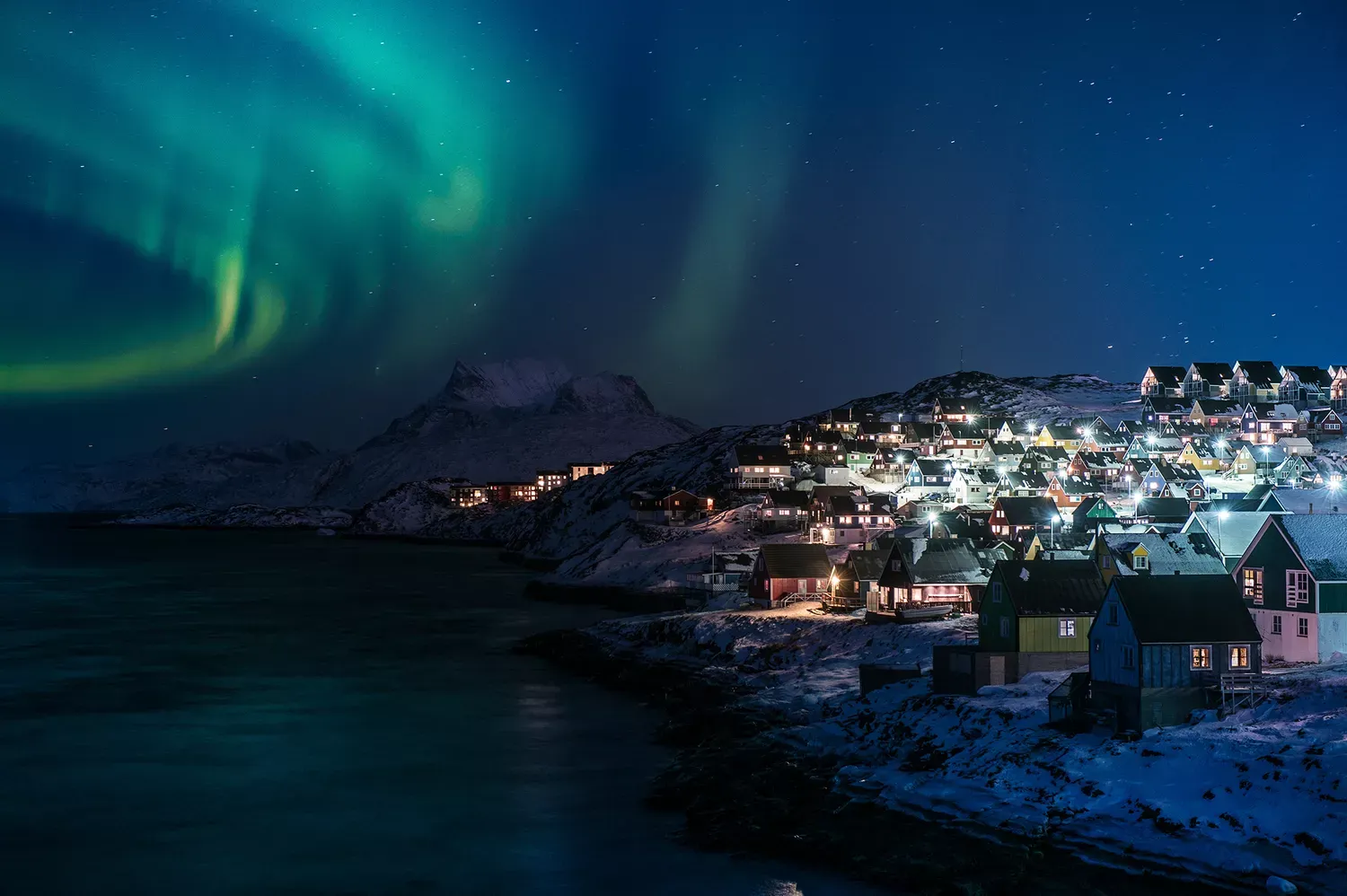
As an astrophotographer and expert stargazer, I offer advice for optimizing your nighttime viewing experience. Learn how to chase the mesmerizing auroras, catch shooting stars during prolific meteor showers, and identify constellations. My tips cover everything from selecting the best dark sky locations to using essential astronomy apps and equipment for enhancing your celestial observations. Prepare for unforgettable journeys into the cosmos!
While you don't need expensive equipment to enjoy the night sky, a few key items can significantly enhance your experience. Here’s what I recommend:
Light pollution is the enemy of stargazers. The further you can get away from city lights, the more you'll see. Here’s what to look for:
Witnessing the aurora borealis is a truly unforgettable experience. Here are some tips for maximizing your chances:
Meteor showers are a relatively easy and rewarding astronomical event to observe. Here’s what to keep in mind:
Here is a quick reference table of some notable annual astronomical events:
Event Approximate Date Description Viewing Tips Perseid Meteor Shower Mid-August One of the most reliable and prolific meteor showers of the year, often producing bright meteors. Look towards the northeast after midnight. Find a dark location away from city lights. Geminid Meteor Shower Mid-December Another excellent meteor shower, known for its slow, bright meteors. Look towards the constellation Gemini. The best viewing is usually after midnight. Bundle up, as it's cold in December! Lyrid Meteor Shower Late April A moderately active meteor shower that can sometimes produce fireballs. Look towards the constellation Lyra. The best viewing is typically in the early morning hours. Aurora Borealis (Northern Lights) Year-round (best during solar maximum) A spectacular display of light in the night sky caused by charged particles from the sun interacting with the Earth's atmosphere. Check the space weather forecast. Travel to high latitudes. Find a dark location. Be patient. Total Lunar Eclipse Varies (Check Astronomical Calendars) The Earth passes between the sun and the moon, casting a shadow on the moon and turning it a reddish color. No special equipment needed. Can be viewed from anywhere with a clear view of the moon.
These are just a few examples, there are many other wonderful astronomical events to discover! Check out astronomy websites and calendars for up-to-date information.
Stargazing is a rewarding hobby that connects us to the universe. With a little planning and preparation, you can unlock the wonders of the night sky and experience the beauty of auroras, meteor showers, and so much more. So, grab your gear, find a dark spot, and look up! Happy stargazing!
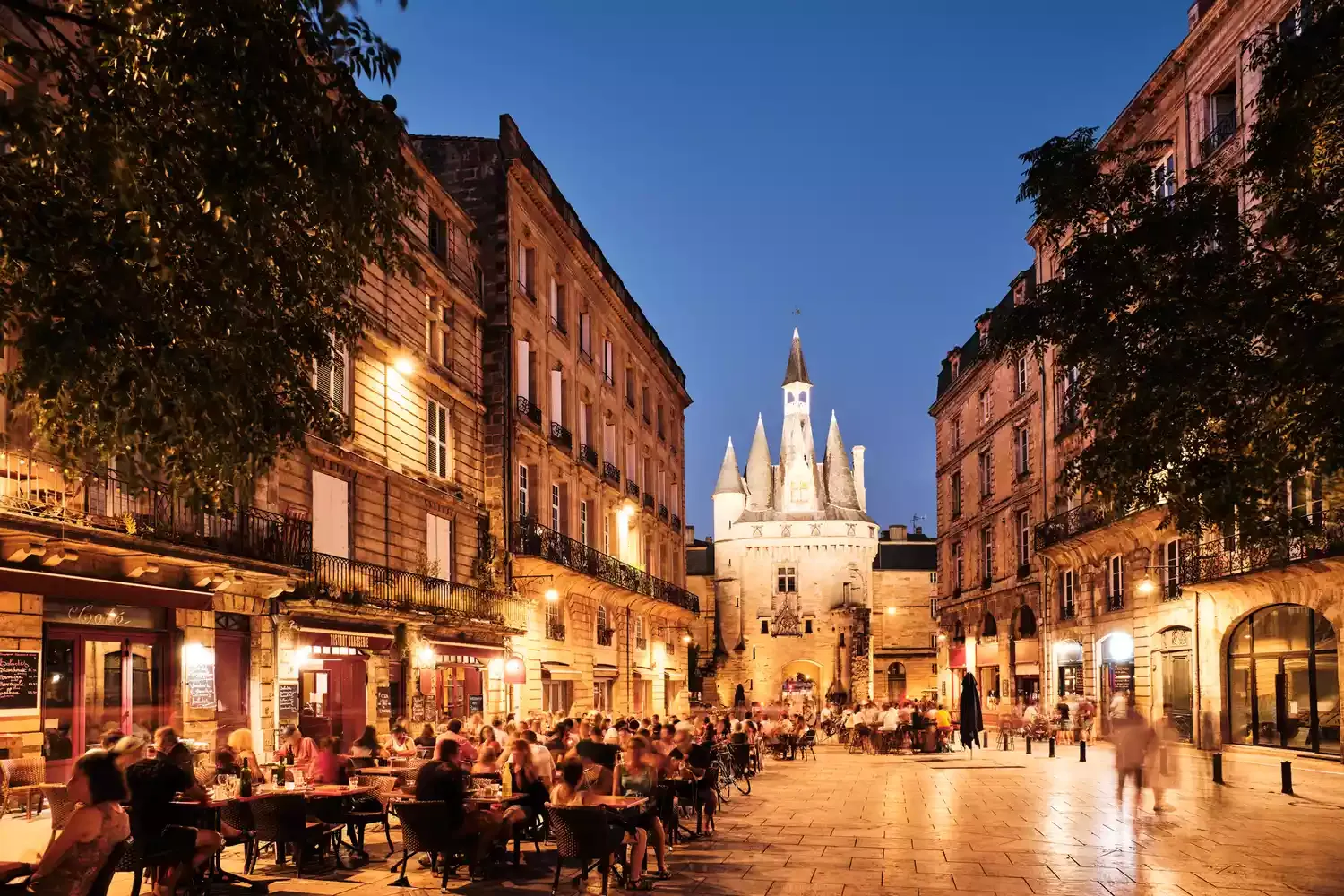
Trip Ideas
You Can Escape the Crowds With These 13 'Destination Dupes' in 2024, Travel Experts Say

Trip Ideas
This French Palace Has Stunning Gardens and a Fascinating History — and Way Fewer Crowds Than Versailles

Trip Ideas
20 Best Museums in New York City for Art, History, Music, and More
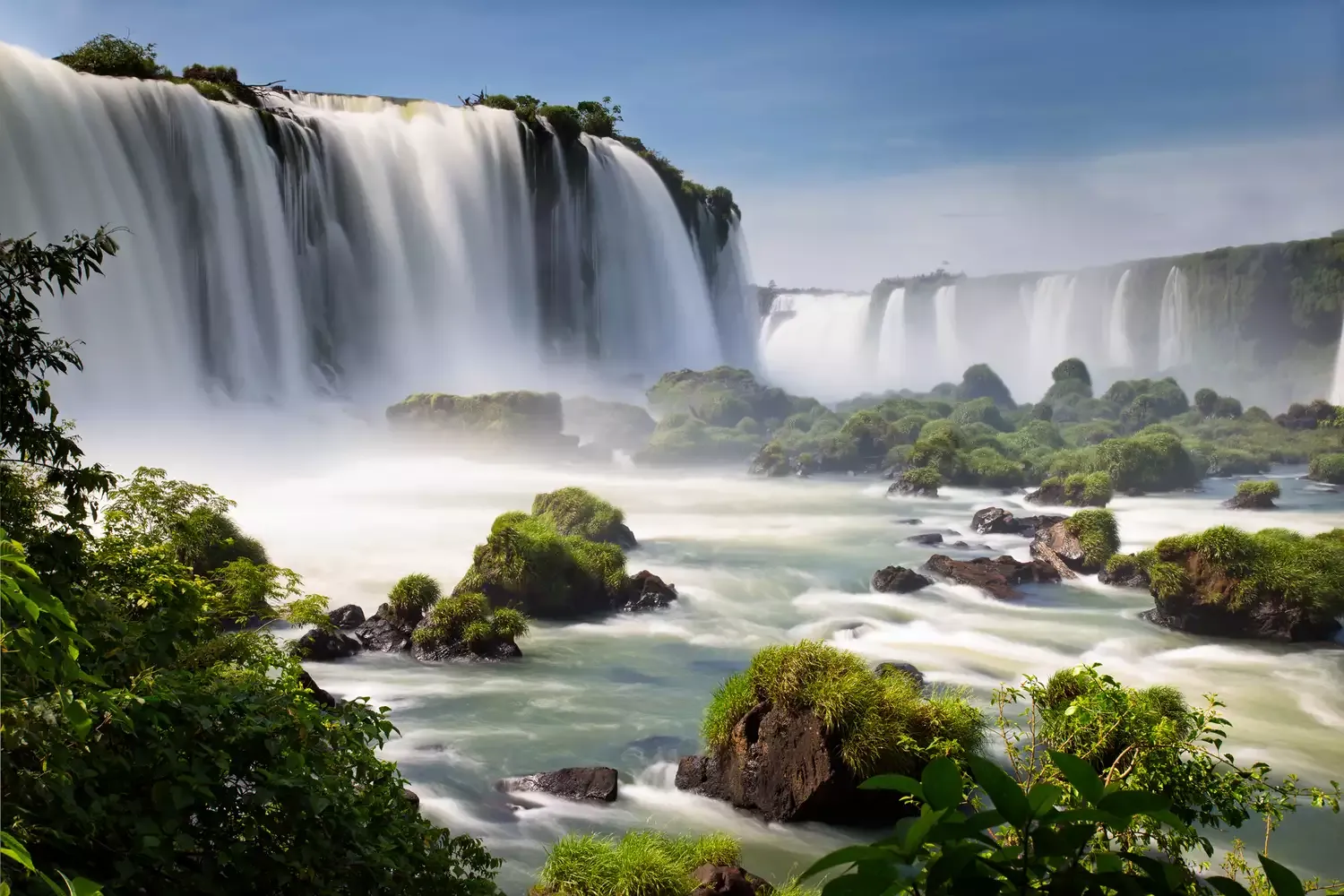
Trip Ideas
25 Best Places to Visit in South America, From the Wetlands of Brazil to Easter Island
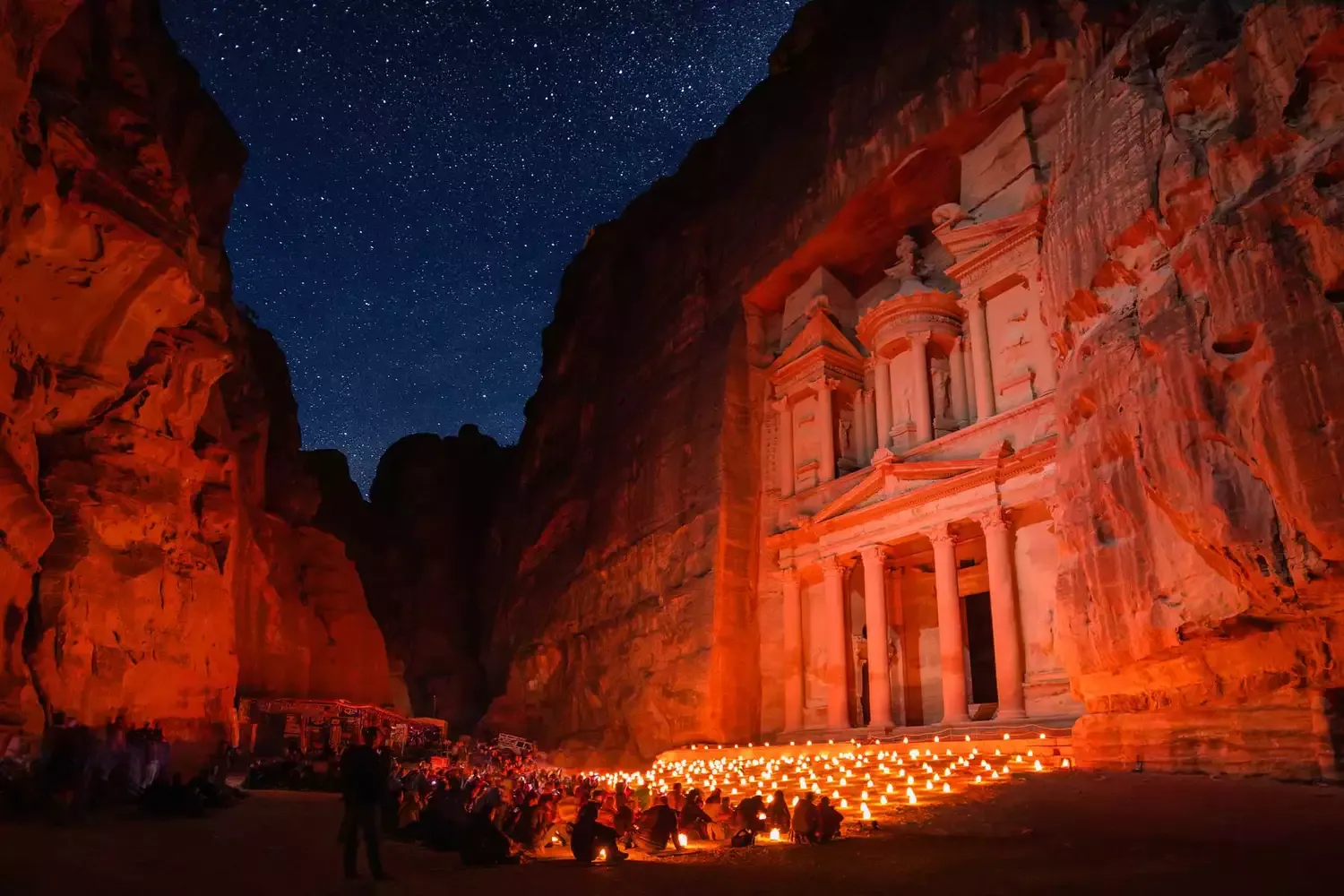
Trip Ideas
This Iconic World Wonder Is Even More Beautiful at Night — Here's How to Plan Your Visit
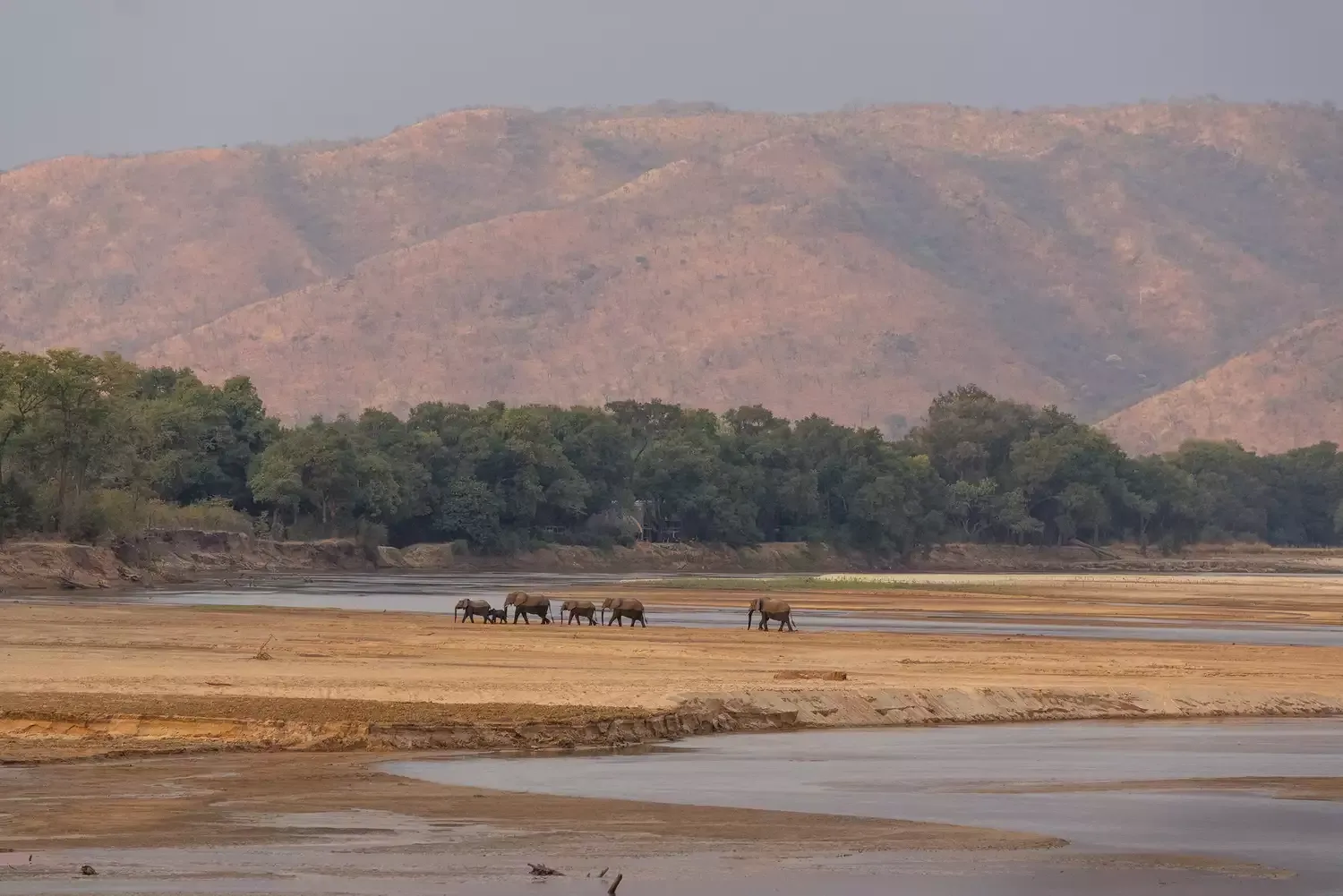
Trip Ideas
As a Black American Who Had Never Been on Safari, I Had Doubts — but a Trip to Zambia Changed My Mind
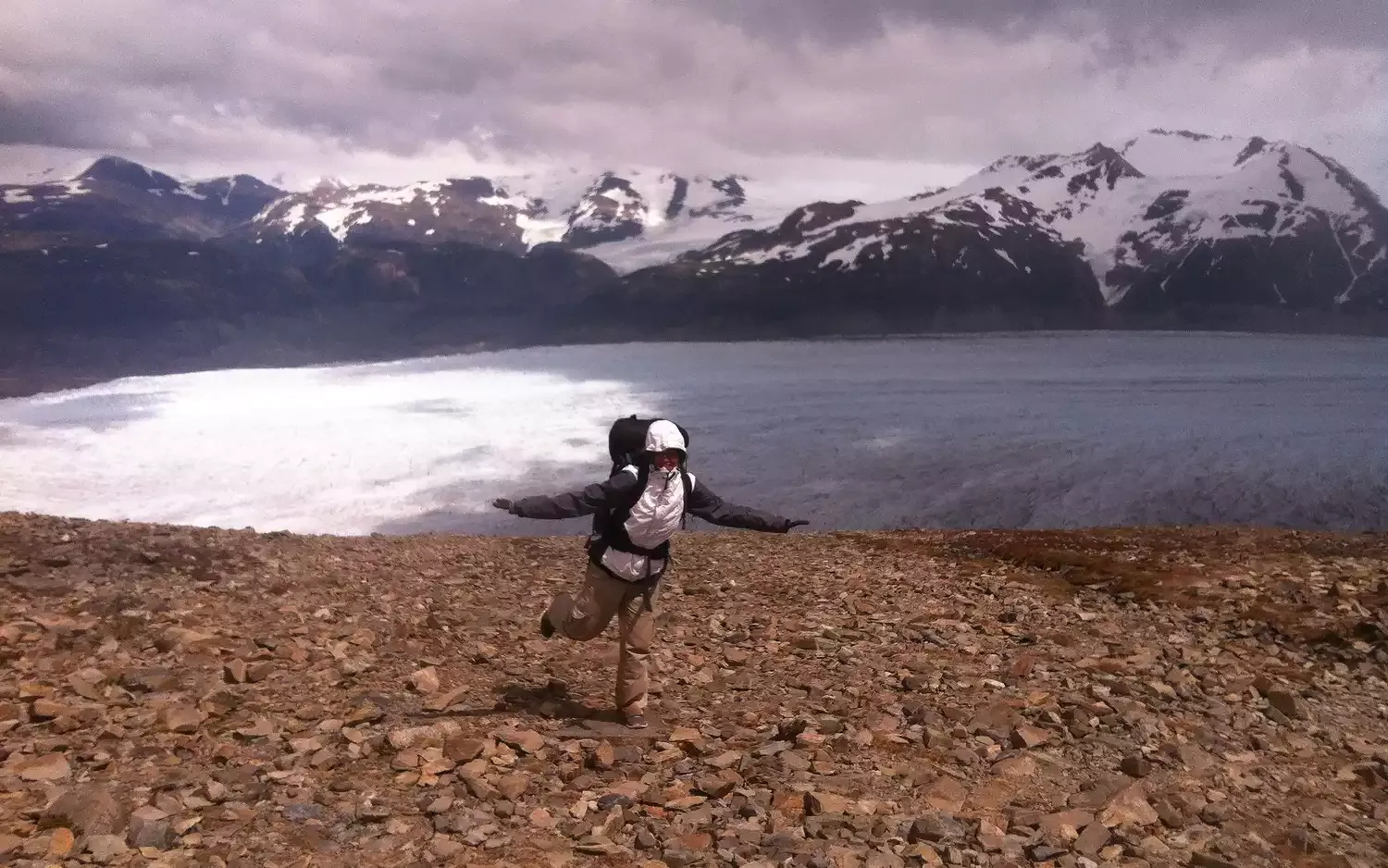
Trip Ideas
This Latina Outdoorswoman Is Hiking Her Way Around the World and Proving There's No One Type of Adventurer: Episode 9 of Travel + Leisure's New Podcast
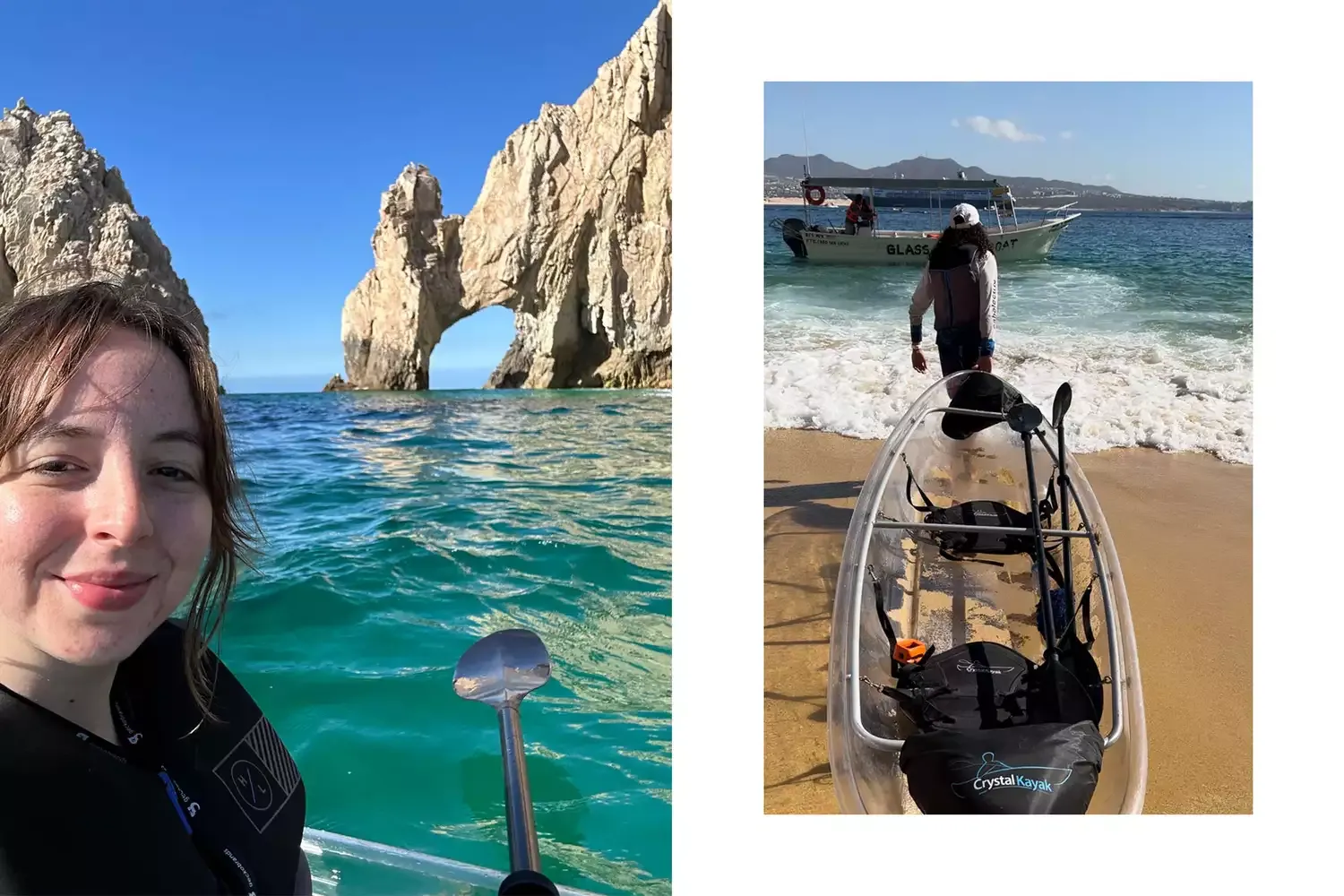
Trip Ideas
Why I Always Choose a Kayak Adventure on My Trips — and Why You Should, Too

Trip Ideas
With Ancient Ruins and Striking Landscapes, Turkey's Lakes Region Is a Hidden Gem

Trip Ideas
Amtrak Is Expanding Its Midwest Service — and Tickets Start at $41

Trip Ideas
A Peek at the Unusual Architecture of Kaunas, Lithuania — a 2022 European Capital of Culture

Trip Ideas
Ravishing Landscapes, Ambitious Restaurants, and a Stylish New Hotel in England's Lake District

Trip Ideas
17 of the Best Beach Resorts for Families

Trip Ideas
This Yoga Retreat in Puglia Is The Perfect Way For LGBTQ+ Travelers to Recharge (Video)

Trip Ideas
These Islands Are the Perfect Nature Escape — and You Don't Need a Passport to Visit

Trip Ideas
50 Best Honeymoon Destinations Around the World